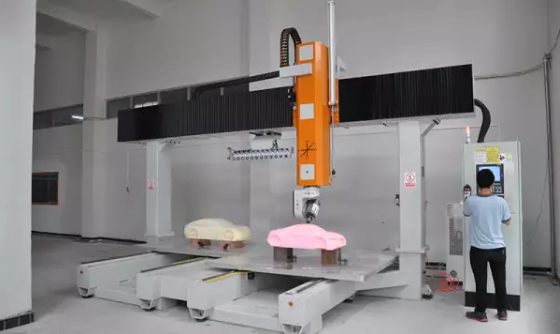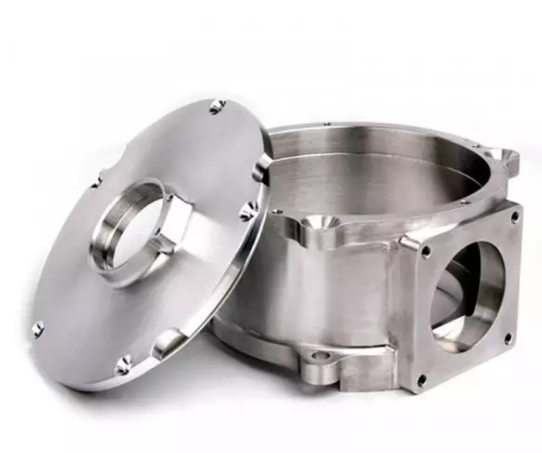CNC (Computerized Numerical Control) Machining is one of today’s most widely utilized manufacturing processes. It uses programmed computer software to direct machining processes to accurately and quickly manufacture parts in different industries.
Precision is one of the prerequisites for CNC machining. The computer software that controls the machinery must be able to create precise shapes and manufacture components that demand higher accuracy. Luckily, there are ways you can ensure the production of precision components through CNC machining.
Factors That Affect Precision in CNC Machining Parts
Achieving the highest precision possible is essential for producing high-quality parts that meet the desired specifications. However, several factors can impact the precision of CNC machining parts. To get the best precision components in CNC machining, it is important to understand three major factors that affect precision components in manufacturing CNC machining parts.
1. Machine
The CNC machinery needs to be regularly calibrated to ensure it operates with minimal error and within specified tolerances. Poor calibration may impact the accuracy and precision of your machinery over time; therefore, it must be kept to standard.

2. Material
The material you use in the CNC machining process can impact the precision components you receive. Different materials have different material properties. They vary in hardness, density, and thermal conductivity. For instance, cutting a hard material such as steel or carbon steel with precision CNC machining can deliver more precise results than cutting softer aluminum.
3. Operator
The skill, training, and experience of the operator handling the CNC machining equipment and backend programming will significantly impact the level of precision you acquire. Human errors, such as incorrect programming, can lead to parts being cut beyond their set tolerances.
Top 6 Tips to Improve Precision When Designing CNC Machining Parts
You can maximize precision and accuracy when designing CNC machining parts in several ways.
Design With Appropriate Tolerances
When deciding on your CNC machining guidance system, you must provide appropriate tolerances. Tolerances are the degree of variance permitted in the part’s final dimensions. The lower your tolerances are, the more precise results you will get. However, extremely low tolerances may cost you a lot more as well. Carefully determine the appropriate tolerance according to your budget.
Optimize Cutting Paths
Cutting paths are the trajectories or guidelines the cutting tools in CNC machining will follow to carve out your part. Optimizing the cutting tools and improving cutting path trajectories will help deliver better precision components.
Increase the Thickness of the Thin Wall
Unless you specifically need a thin-walled part, you should prioritize thicker solid parts for CNC machining. This can help avoid breakage or deformation during machining and reduce processing time and costs. This is because thin features need to be carved out more accurately and need more processing time.
Consider the Corner Radii and the Cavity Depth
CNC machining cutting tools cannot provide you with pristine 90-degree corners. This is because the minimal internal shape corner radius is equal to the radius of the cutting tool. Manually pivoting the component as you work could slow production and decrease precision. Instead, you should opt for a rounded corner radius, as it will considerably decrease the tool’s cutting force and reduce cutting time.
You should also consider reducing the cavity depth of the component. The depth should be limited to 4x its width as a standard measure. The cutting tools tend to have their limits, and the more the depth increases, the lesser precision it will offer.
Utilize DFM or Design for Manufacturing
DFM, or design for manufacturing, will help you optimize the overall design of your precision components before moving to assembly, mainly to reduce processing time and costs and improve precision.
Test and Refine the Design
Finally, you should always start with a prototype of your design. This will uncover any room for improvement and allow you to identify changes that can be made to improve precision. It will help deliver better precision components.
SEAL-RP – The Leading Provider of CNC Machining Components
If you seek quality high precision machining services that deliver precision components, Choose SEAL-RP, the leading provider of high-quality rapid prototyping services. With 20 years of experience and advanced equipment, we deliver precision results to clients worldwide. Our diverse portfolio of services includes 3D printing, CNC machining, and more. Visit our website to learn how we can help your business succeed.

